
|
|
|
| synonym |
Ceresa lutea |
| description |
A hornless member of this genus with a mostly green body. The pronotal ridge can have a red tint to it, and there may be white speckling across the pronotum. The wings have a smoky tinge to the tip. This species is similar in appearance to Spissistilus festinus, but can be differentiated a couple ways. First, the pronotum of lutea is not as high as that of S. festinus, and the lateral carina (the lateral ridges on the front of the pronotum) are not as distinct as in festinus (pers. comm. M. S. Wallace). Additionally, the legs of S. lutea are a rusty brown color, while those of S. festinus are greenish. Males are 6 to 7 mm long, while females are 7 mm (FSCA). |
| distribution |
Eastern and central North America |
| abundance |
Uncommon to locally common, recorded across the state. Seasonal distribution: 24 February-16 September (CTNC) |
| seasonal_occurrence | |
| habitat |
Mixed forest habitat, where its plant associates are. |
| plant associates |
Quercus falcata (CTNC); also, Melilotus and Solidago; and from Q. velutina (CTGSMNP). Recently reported from Salix species. |
| behavior |
To listen to the male courtship call for this genus, listen here. These courtship calls are not audible to the human ear, and the calls here are produced by recording the substrate vibrations that the treehoppers use to communicate through the plants themselves. The recorded call is then amplified so that it is now audible to human ears. Research has shown that treehoppers use vibrations to attract mates, to announce the discovery of a good feeding site, or to alert a defending mother to the approach of a predator (T.IM). |
| comments |
Can be attracted at night with a light. |
status |
[Native:]
[Introduced:]
[Extirpated:] | | list_type |
[Official:]
[Provisional:] |
| adult_id | Unmistakable and widely known Identifiable from good quality photos of unworn specimens
Identifiable from photos showing undersides, or other specialized views [e.g., legs, face]
Identifiable only by close inspection of structural features or by DNA analysis NULL |
| nymph_id | Unmistakable and widely known Identifiable from good quality photos, especially where associated with known host plants
Identifiable from close inspection of specimens or by DNA analysis
Identifiable only through rearing to adulthood NULL |
| G_rank |
|
| S_rank |
|
| rank_comments |
|
| tribe |
Ceresini |
| subgenus |
|
Species Photo Gallery for Stictocephala lutea No Common Name |
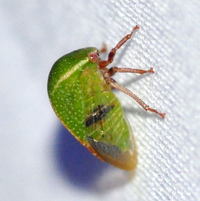 | Photo by: Kyle Kittelberger, Brian Bockhahn, Paul Scharf
Wake Co.
Comment: grassy habitat |  | Photo by: Kyle Kittelberger, Brian Bockhahn, Paul Scharf
Wake Co.
Comment: grassy habitat |
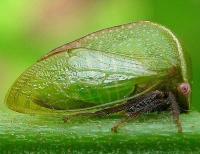 | Photo by: T. DeSantis
Camden Co.
Comment: DISW | 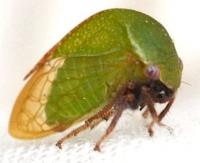 | Photo by: Paul Scharf
Halifax Co.
Comment: |
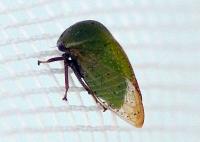 | Photo by: Paul Scharf, B Bockhahn
Burke Co.
Comment: Attracted to light |  | Photo by: Alex Baranowski
Washington Co.
Comment: we caught a number of Stictocephala lutea at a wetland in Exeter, RI and found in the lab, they will feed on a few Salix species |
 | Photo by: Alex Baranowski
Washington Co.
Comment: we caught a number of Stictocephala lutea at a wetland in Exeter, RI and found in the lab, they will feed on a few Salix species | 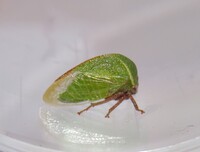 | Photo by: B. Bockhahn
New Hanover Co.
Comment: |
|

 »
»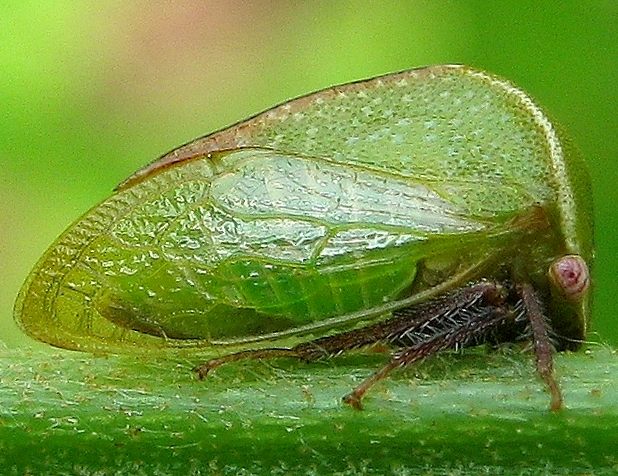
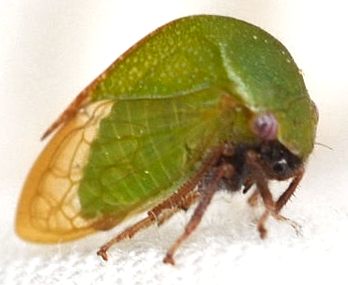


 »
»

